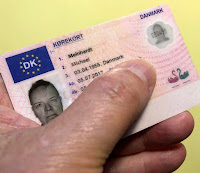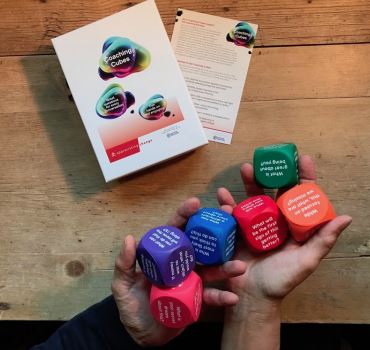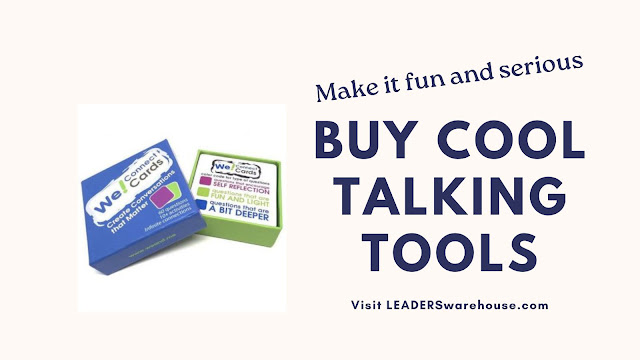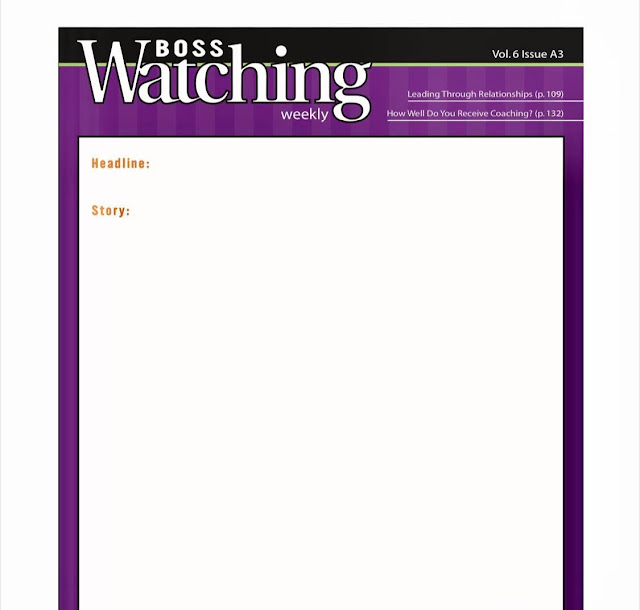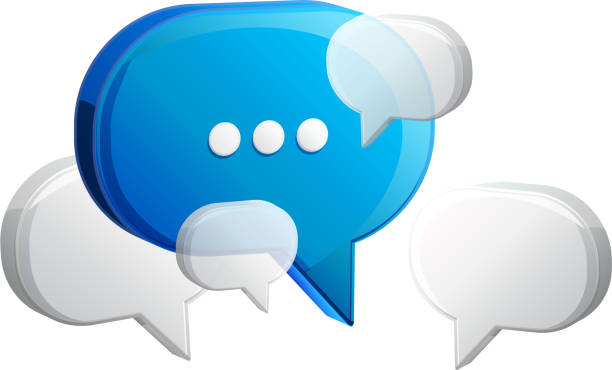Hooray - that's what friends are for at work: FISH! creates friendship

Hooray - that's what friends are for FISH! creates friendship The four practices can help any individual and any team to become ‘friends’. Well, ‘friends at work’ at least. The four practices are BE THERE , PLAY , CHOOSE YOUR ATTITUDE and MAKE THEIR DAY . These fabulous four are not just smart headlines. They are interrelated and they are very practical. They are interrelated in the sense that you have to use all four simultaneously. You can not leave out one of them or just go with one of them. They are practical in the sense that everyone can practise them daily - alone and in the team. FISH! delivers a series of methods and exercises easy to use - and fun too. The leader does not have to invent ways to keep on talking about FISH! - lots of material has been invented. Why is it vitally important that your employees are friends or ‘friends’ at work? The answer is quite easy - and you know it already. People like what they are doing with people they like. The opposite is so full ...



